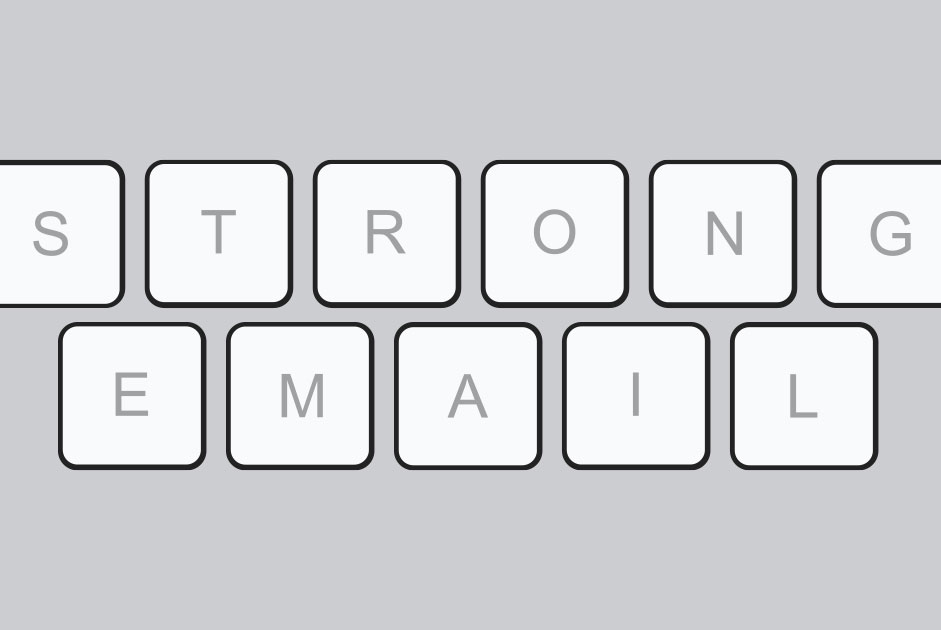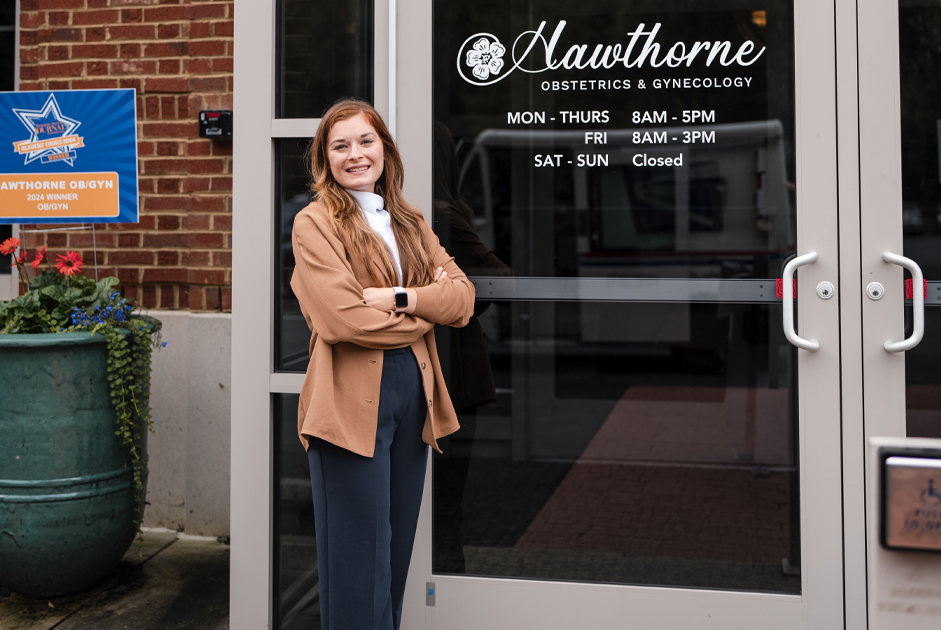Turn on your computer and open up your email inbox. Click on the “compose/new message” button. A new, blank message appears on your screen. You sit there with your fingers gently pressed on the keyboard, hoping words will soon flow from your fingers onto the keyboard, typing your email. Sound familiar?
Writing emails can either be an easy task or a time-consuming activity, with little in between, especially if you are writing an email that could have an impact. These emails aren’t just simple messages or replies, but communications that involve a request or outcome, asking someone to do a task, etc. You may be hesitant to write in fear of what a response may be. Many procrastinate when typing an email with a cover letter for a job, asking for a promotion, or responding with tough news. The good news? It happens to all of us and there are strategies to use to help write stronger emails.
- Avoid vague subject lines – The subject line is the first thing receivers see in regard to your email and is the spot to make sure they know why you are emailing. Use words that make your message stand out in a full inbox. Also, be sure the subject refers to what is said in your email’s body.
- Introduce yourself to unknown recipients – In brief, use one to two sentence descriptions to introduce yourself at the beginning of your email to new recipients. Let them know who you are, how you met (if possible), and why you are writing.
- Avoid using the “urgent” setting when appropriate – Never mark a message urgent, unless it truly is, such as a deadline, emergency, or important update.
- Use CC and BCC respectfully – CC (carbon copy) and BCC (blind carbon copy) can put a person in a tricky position when not used correctly. For CC, don’t add unnecessary people to the conversation if you are passing on a task, taking credit for a project, or giving unrelated information. For BCC, use if you are sending to a large number of recipients to help protect their privacy.
- Always create a draft of important emails and hold off for a little while before sending – It can be instinctual to quickly respond to an email that makes us angry, irritated, or causes us to hastily make a decision. When this comes, write an email draft of what you would like to say or get off your chest. Once you are done, don’t hit send. Instead, take some time away from your computer. Go outside, walk around your space, or anything to get your mind off the situation. Then, go back to the email and edit if necessary. You will probably find yourself switching out words, your tone, or deleting the entire email and starting fresh.
- Keep messages brief and to the point – We all receive multiple emails very day and may not have the time to read each one. Once you have made your subject line noticeable, do the same with your message. Keep your email’s body brief and to the point of your message. If you need to discuss further with your receiver, ask to speak with them in person or over the phone.
- When scheduling an appointment, state what times you are available – Instead of saying “what works for you?” when trying to set up a meeting or appointment, give a few days and times when you are available. Let your recipient choose from those dates.
- Always keep your goal of writing the email in mind – If your email needs a response, an action to be taken, or task to be done, be clear and specific on what is needed. Never use a passive aggressive tone, but state your goal upfront.
- When appropriate, give the recipient the final say – If your message doesn’t need a response, something to be completed, or a follow-up, you may not need to respond to your recipient’s message. Use your common sense and respond when appropriate.
Emails don’t have to be difficult to write. It may take some time to find the right wording; however, these tips will help make sure your message is direct, meaningful, and clear to your recipient and will also help get you get a response, if needed.





















